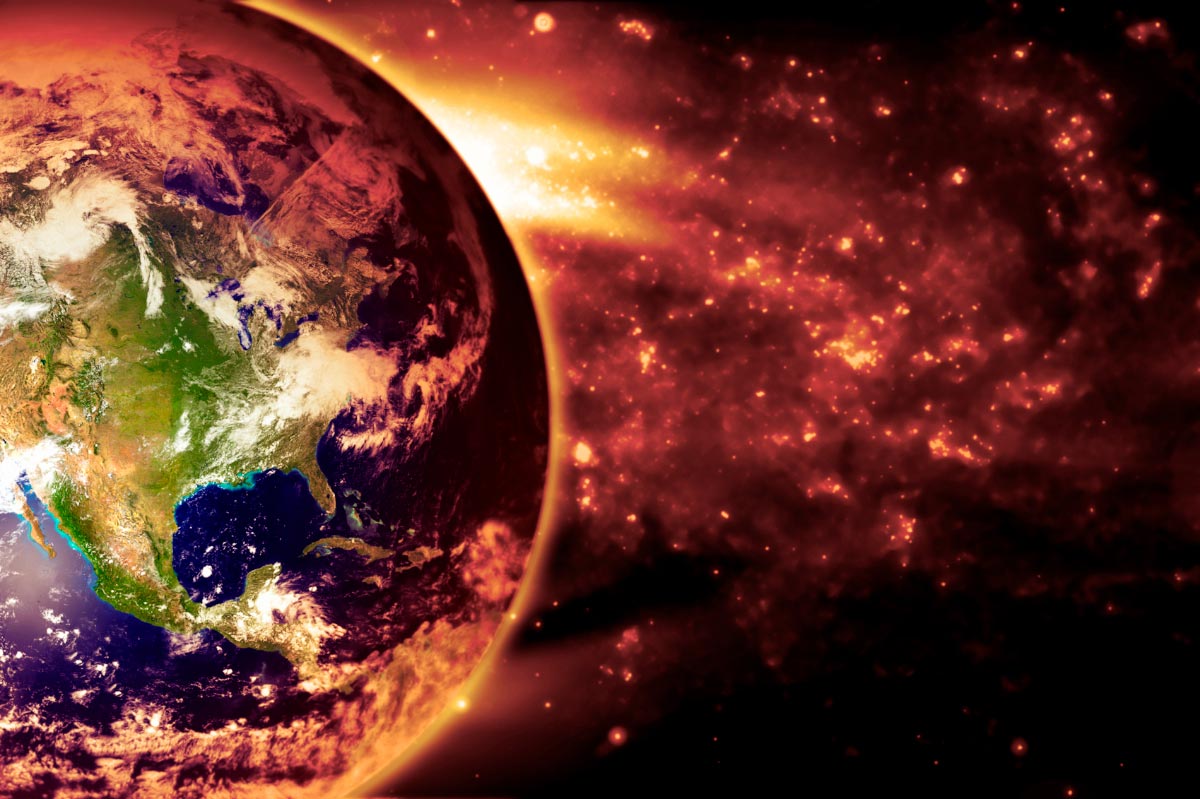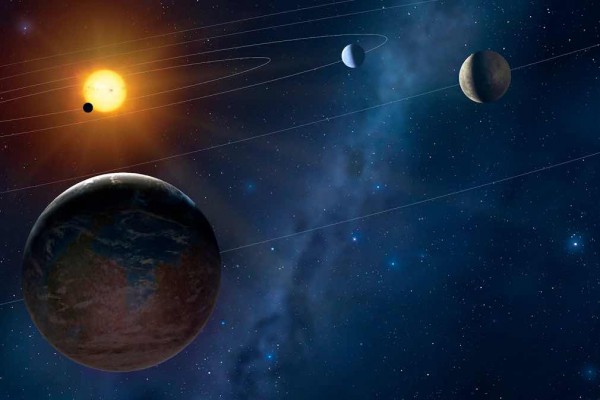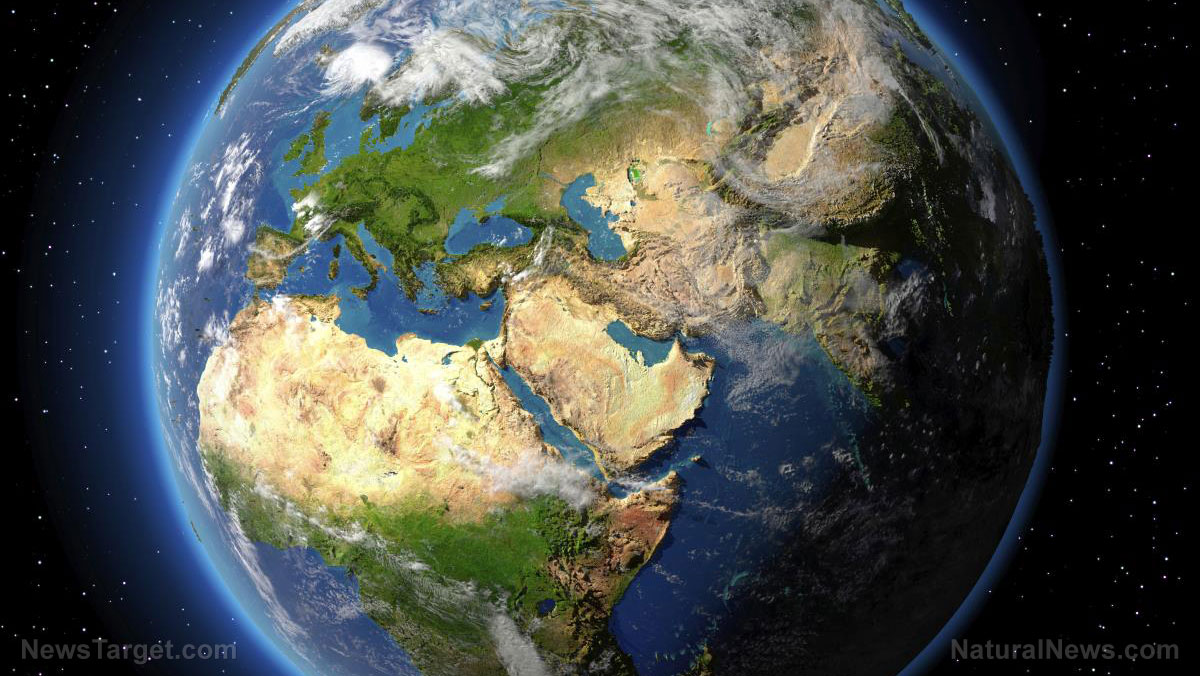Physicists speculate that our universe is one of many in a much larger multiverse, like bubbles in a kettle of tea. Unfortunately, if multiple universes do exist, they are spatially disconnected from our own, and as such, cannot be detected. Nevertheless, scientists believe they may have found hints of an alternative universe colliding with our own in the cosmic microwave background radiation, a fossilized afterglow of the Big Bang.
At least, that’s according to the conclusion of Dr. Ranga-Ram Chary, a researcher at Planck’s US Data Center in California. Dr. Chary discovered a number of bright spots dotted throughout the afterglow, which were far brighter than they should have been. He believes these bright spots may be the imprints of another universe colliding with our universe a few thousand years after the initial Big Bang.
According to cosmological theories, as bubble universes expand, they can collide with each other and leave fingerprints on each other’s surface.
How to spin a multiverse
Multiple universes aren’t complete conjecture. They are a natural outgrowth of the theory of inflation, which explains the locked uniformity of the cosmic microwave background radiation. According the theory of inflation, space-time expanded quicker than the speed of light following the Big Bang. The rapid expansion created fractals within space-time, which spun off and became their own universes. It’s very difficult to avoid multiple universes in most theories of inflation. Once inflation starts, it never ends.
“If two bubbles started out close enough that they touched before expanding space pushed them apart forever, they could leave an imprint on each other. ‘You need to get lucky,'” Matthew Johnson of York University explains to New Scientist.
Dr. Chary published a paper on the open source site arXiv.org, which proposes that the signals he observed in the Big Bang afterglow suggest the alternative universe is governed by a different shuffling of the constants of physics. He says the alternative universe could have a ratio of subatomic particles called baryons and protons that are ten times heavier than the particles in our own universe.
‘The fine tuning of parameters in the early universe required to reproduce our present day universe suggests that our universe may simply be a region within an eternally inflating super-region,” he writes. “Many other regions beyond our observable universe would exist with each such region governed by a different set of physical parameters than the ones we have measured for our universe.”
Dr. Chary derived this conclusion by using models of the cosmic microwave background radiation and subtracting it from pictures taken of the entire sky by the European Space Agency’s Planck telescope. After removing signals produced by galaxies and cosmic debris, only noise should have been left in the void. Instead, Dr. Chary found spots 4,500 times brighter than they should have been.
Cosmic dust may throw observations out the window
Dr. Chary’s results ignited excitement among astronomers, but he’s not without his critics. The bright spots could be a product of interstellar dust skewing our perception of the universe.
Furthermore, previous signals detected by telescopes that provided “proof” of inflation and the multiverse were quickly shown to be caused by dust. For example, a team of Harvard researchers claimed early last year they discovered gravitational waves and thereby evidence for cosmic inflation. In actuality, the Harvard team had discovered nothing but space dust.
“The dust properties are more complicated than we have been assuming, and I think that this is a more plausible explanation,” David Spergel of Princeton University told sources.
It’s hoped that a proposed NASA mission known as the Primordial Inflation Explorer could shed insight on these problems. It’s expected to be considered for funding by the end of 2016.
In the meantime, Dr. Chary’s findings, though exciting, should be taken with a grain of salt.
Sources:
DailyMail.Co.Uk
TheGuardian.com
NewScientist.com
















